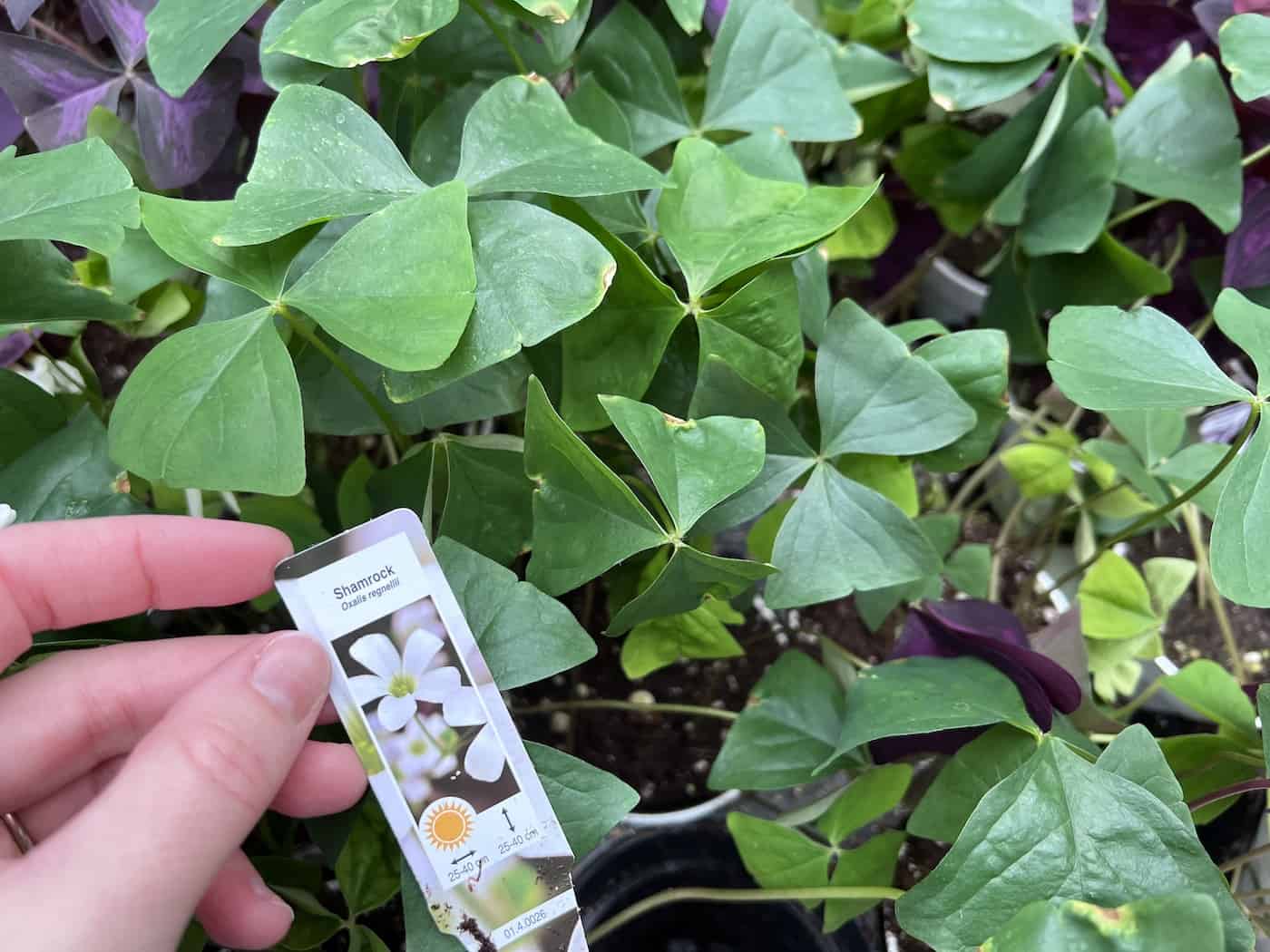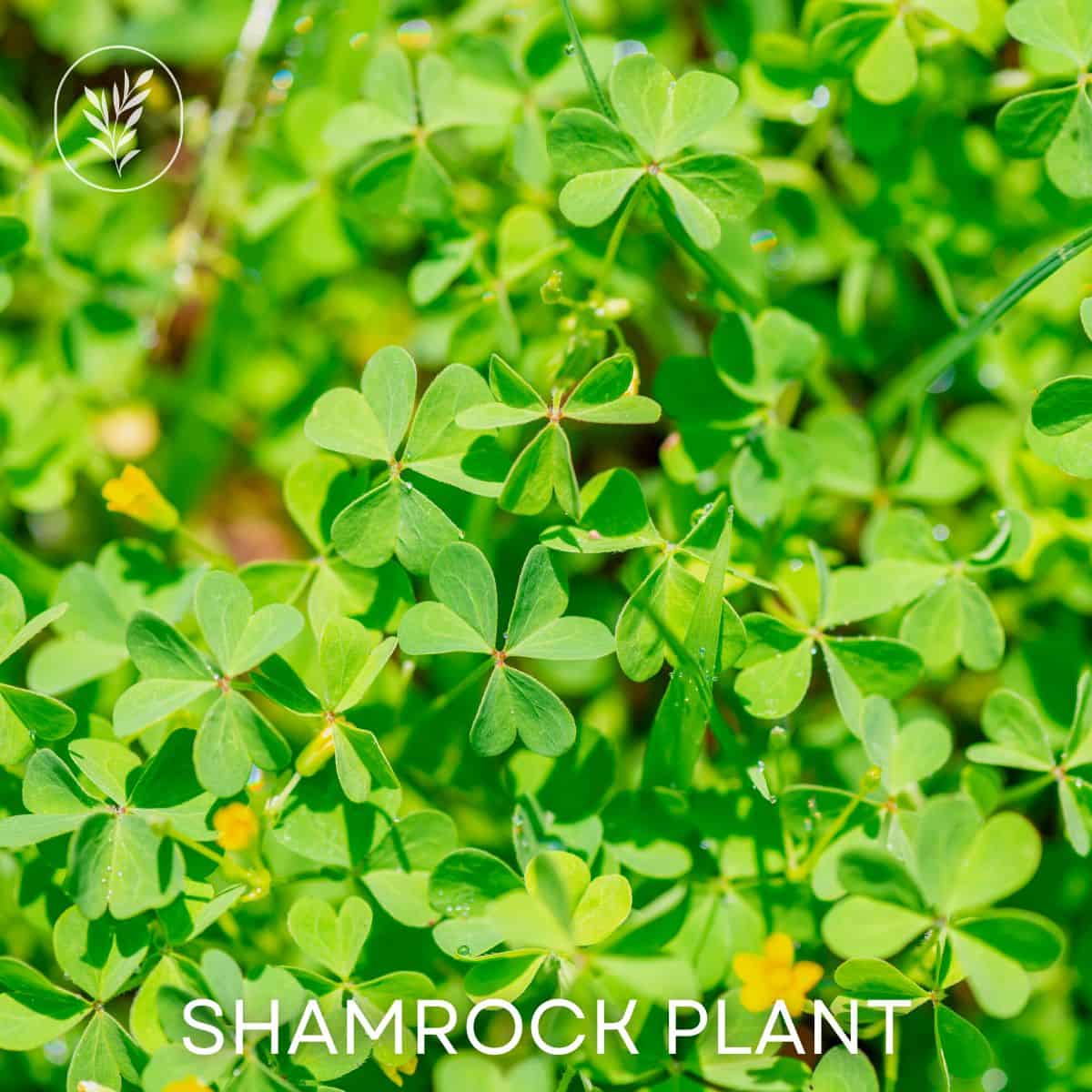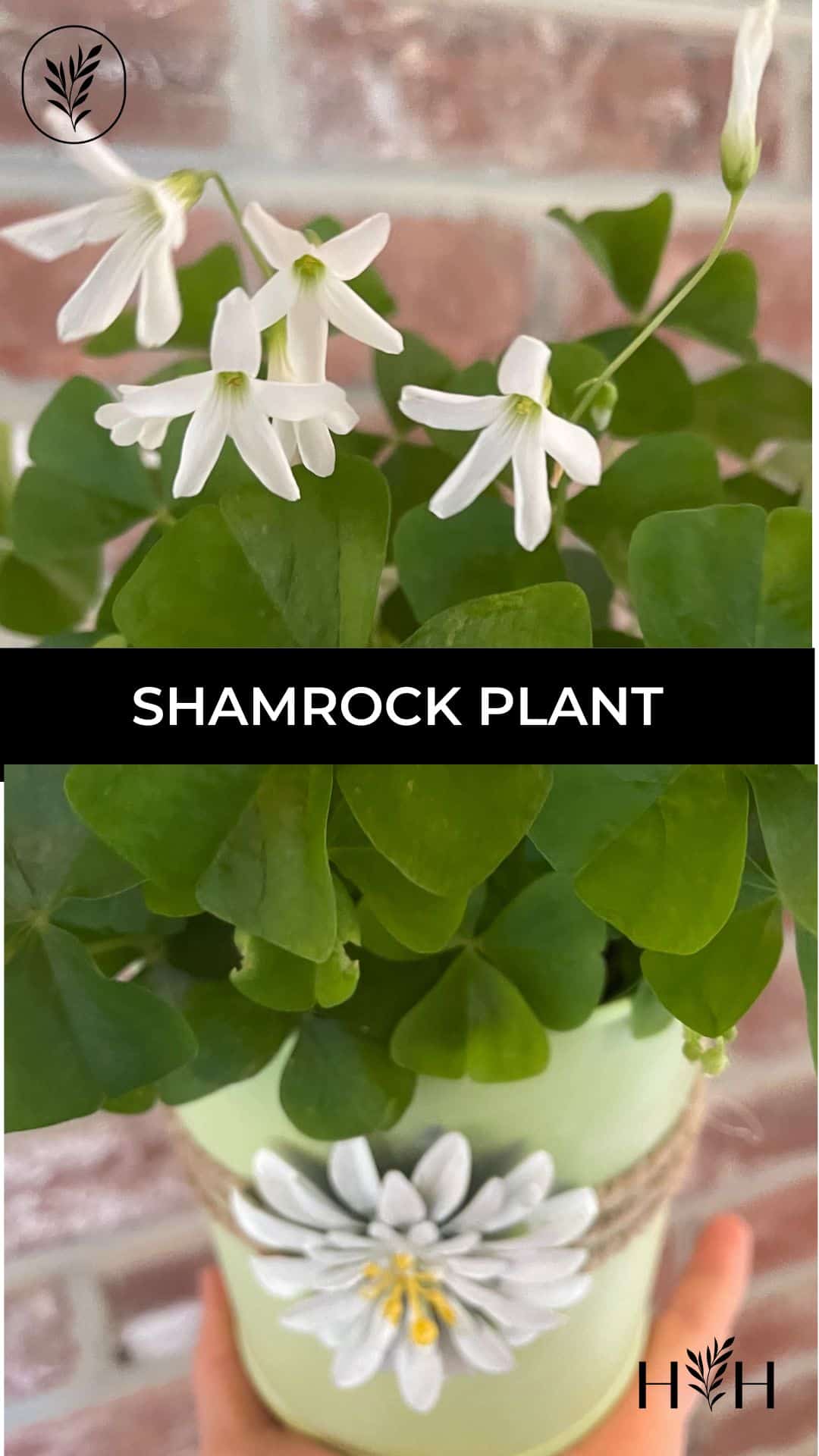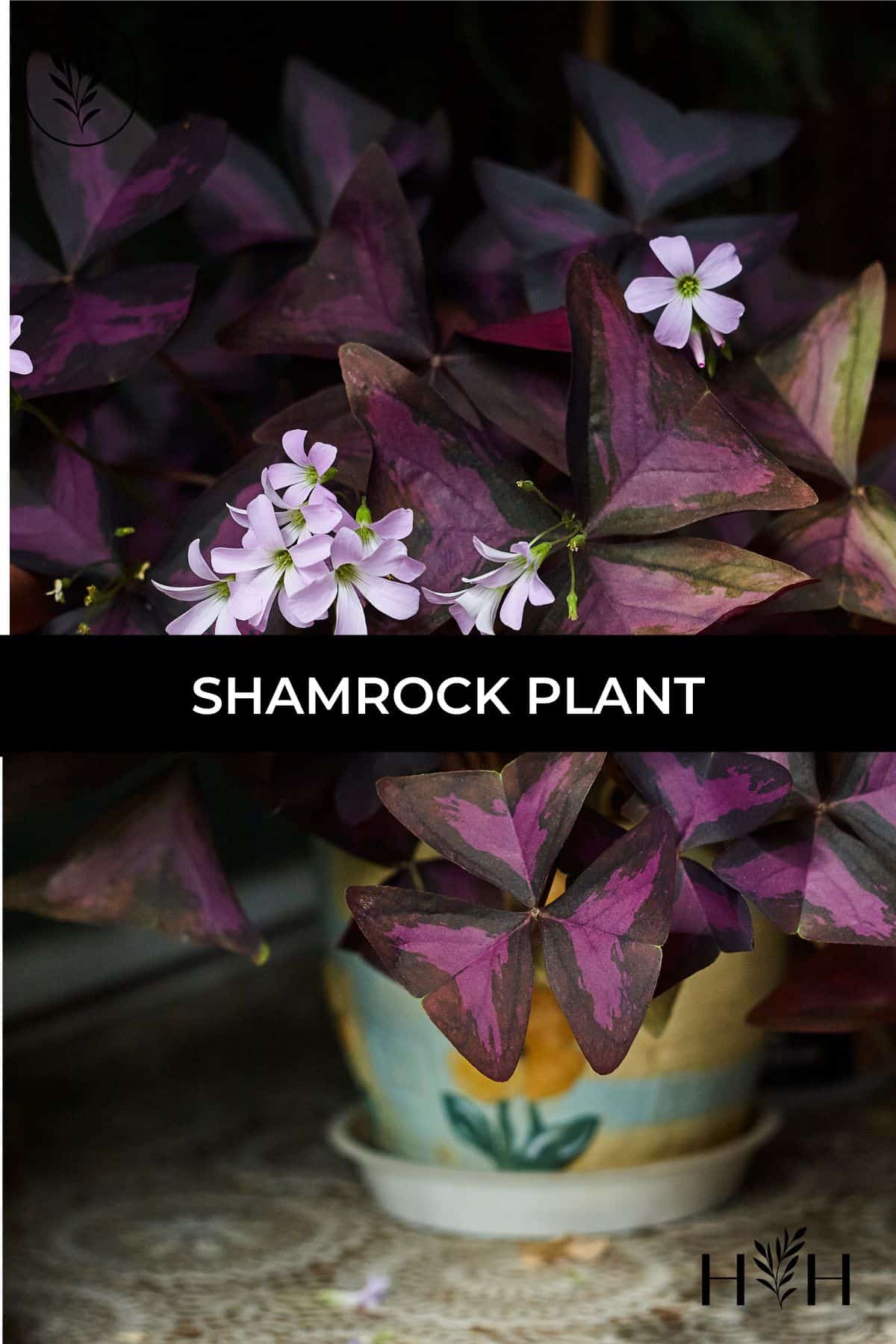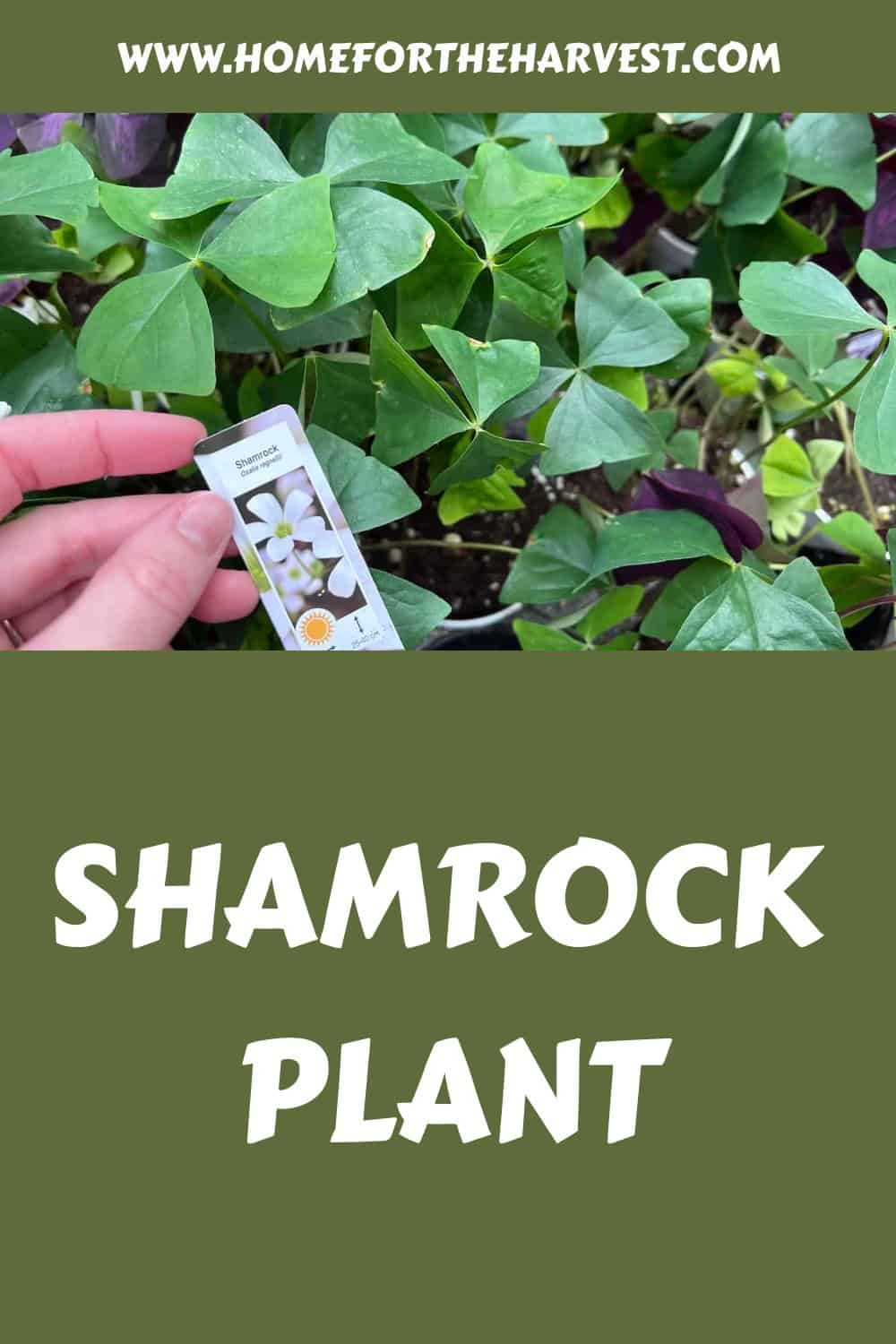Shamrock plants, scientifically members of the Oxalis genus, are known for their clover-like, colorful leaves. These plants have become associated with luck and are particularly popular around St. Patrick’s Day, often grown indoors as houseplants.
Despite their delicate look, caring for these plants is not a difficult task. Like other common houseplants, they grow best in bright, indirect light and more water just as the top layer of soil begins to dry out. The right light levels are especially important if you want your shamrock plant to flower. They may die back slightly in winter but will come back strong in spring when temperatures increase.
What are shamrock plants?
Shamrock plants are instantly recognizable for their unique foliage, shaped like a three-leaf clover. If you need some extra luck in your home, this is apparently the plant you should be looking for.
There are a few species to choose from, providing a range of options for growth indoors and out. The current crowd-favorite is Oxalis triangularis – or false shamrock – largely grown for its dramatic purple leaves. There are also species with green leaves for those who prefer to avoid pops of color (or perhaps, like me, just don’t really love the color purple).
As an added bonus, shamrock plants also have the ability to produce flowers in the right conditions – something not common among popular houseplants. The funnel-shaped flowers come in several colors from white to purple. But even if you don’t spot any blooms on your plant, you’ll get to enjoy the wonderful foliage that moves noticeably when the sun goes down, closing up almost as if it is going to sleep.
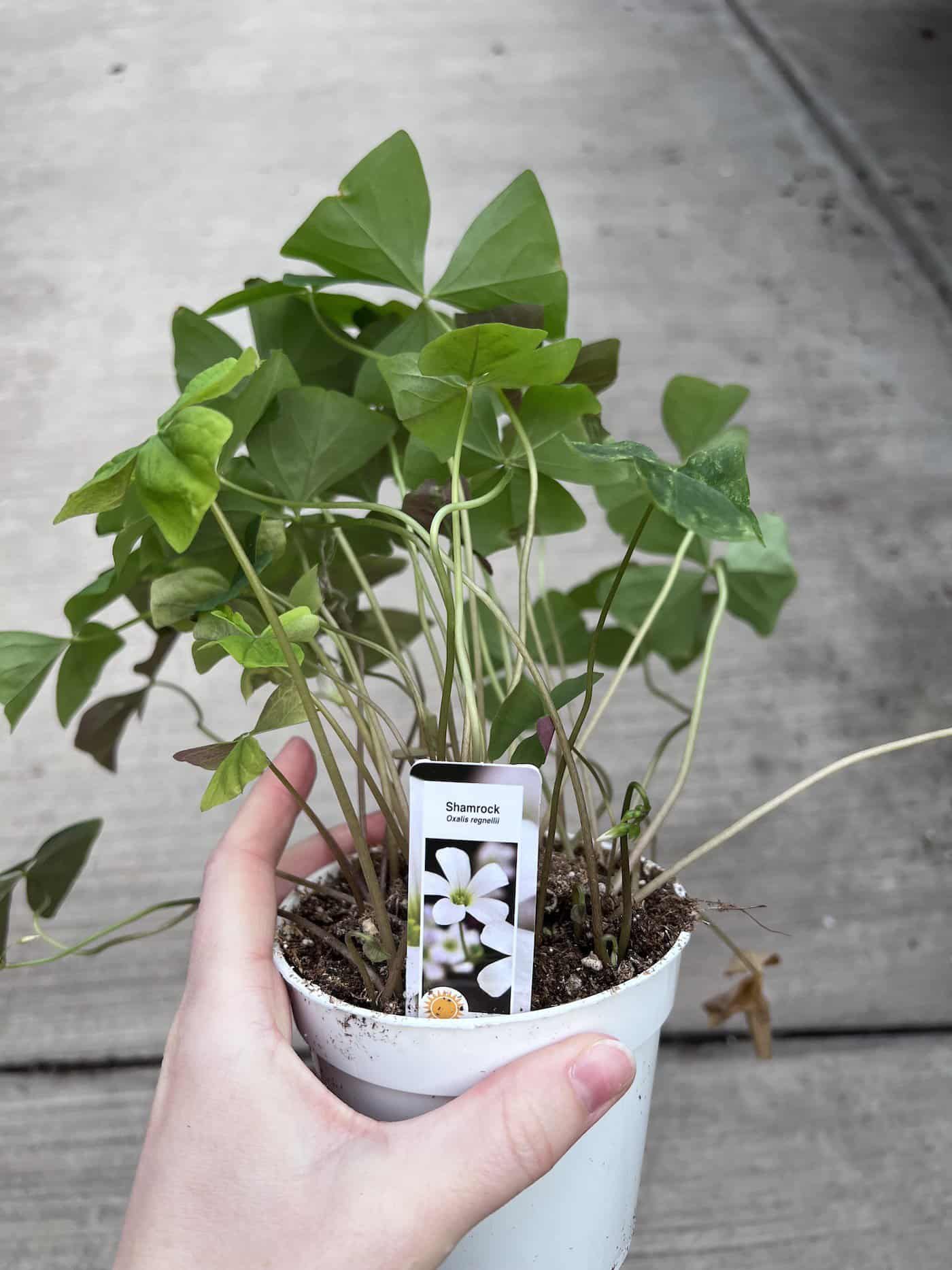
Where do shamrock plants grow best?
Largely native to South America, Oxalis species are generally hardy in USDA Zones 8 and above, with some variation depending on your chosen variety. I prefer to grow them as houseplants to better manage environmental conditions, but you can also grow them outdoors in moderate climates.
Light
Like most houseplants, shamrock plants prefer bright, indirect light to match the partial shade they are accustomed to in their native habitats. This kind of light can be found near east or west-facing windows close to the light source, but just out of the path of the direct sun’s rays. Outdoors, they need a location with dappled sunlight to avoid damaging the leaves. A spot under a tree is ideal, as long as the leaf cover overhead is not too dense.
Temperature
Shamrock plants prefer moderate temperatures, thriving in conditions around 75F. While they are luckily not too fussy about humidity when compared to some other plants, it’s best to keep humidity levels around 40%. If you live in a dry region, increase humidity around the plant by placing it on a tray of pebbles filled with water or invest in a humidifier.
Soil
Well-draining soil is a must-have for these plants to prevent root rot, especially when growing indoors. Use a high-quality houseplant potting mix amended with drainage materials to increase the spaces between soil particles. If you prefer to make your own soil mixes, my standard recipe is two parts potting soil mixed with one part perlite and one part coconut coir. You can adjust slightly depending on the environmental conditions in your home.
How to care for shamrock plants
Shamrock plants are relatively low-maintenance, but if you want them to look their best year-round, a regular care routine is essential.
Water
Shamrock plants have thin leaves and wilt quickly if the soil is left to dry out completely. However, you also shouldn’t let it get too wet as this can lead to a deadly problem known as root rot. Aim for a balance between the two by watering when the top two inches of soil have dried out completely. Test the soil with your finger rather than watering on a strict schedule to prevent any water-related growth problems.
Fertilizing
If you want your shamrock plants to put out new leaves and flower, a nutrient boost is a great tool. These plants thrive when fertilized around once a month during the growing season (spring and summer) with a balanced, liquid fertilizer. I apply these fertilizers at half strength to start to avoid any risk of overfertilizing. But if your plant looks like it needs an extra boost, you can add the full dose, as long as you are following the instructions on the packaging.
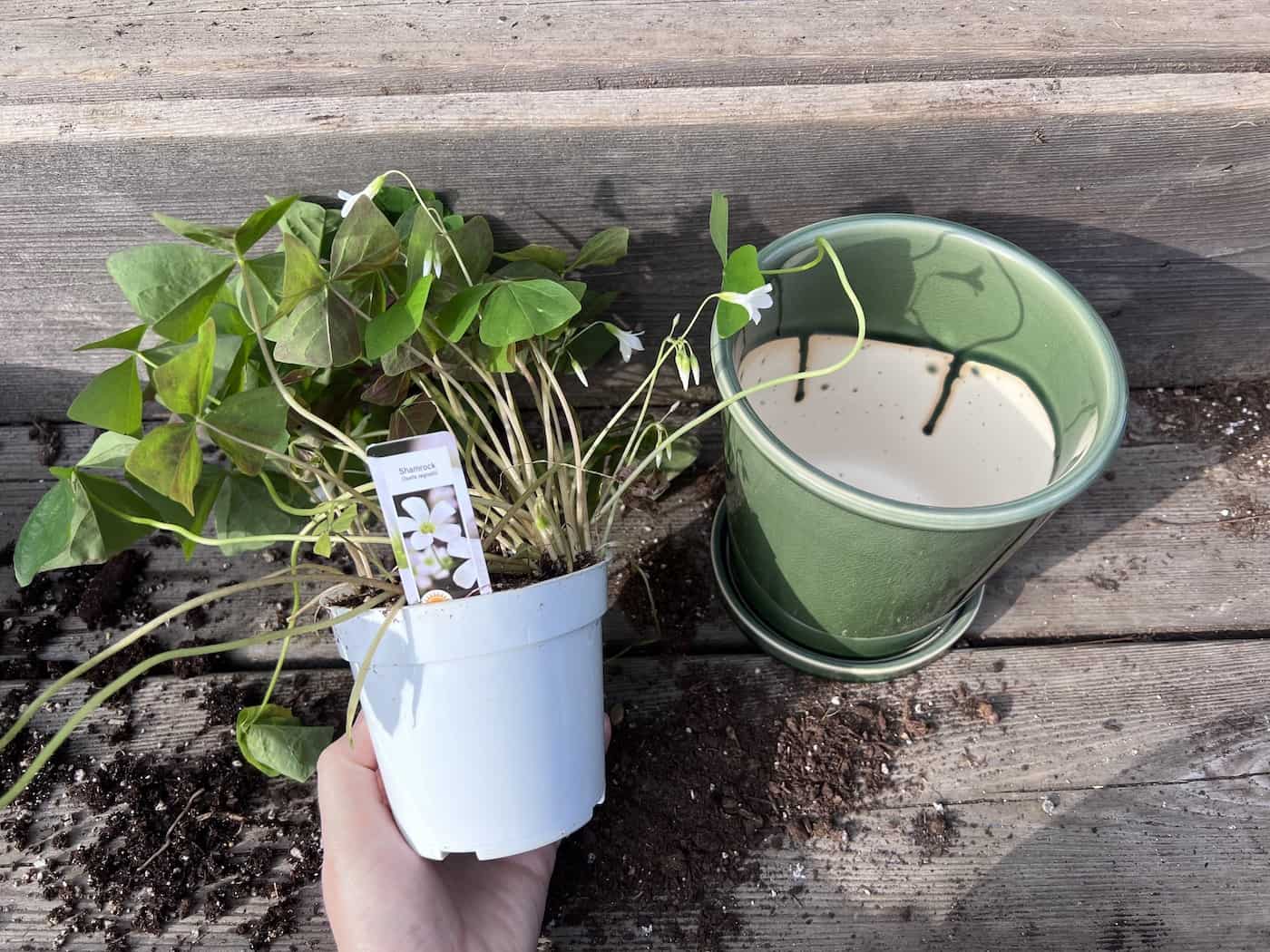
Maintenance
Although these plants largely take care of themselves, there are a few tasks to complete to help them look their best throughout the year.
The first is pruning. Regularly remove any dead or yellowing leaves, trimming them off with a pair of sharp and clean shears. This will help the plant focus its energy on healthy growth rather than keeping damaged or dying growth on the plant. If there are any blooms, remove them as they fade to make way for new flowers.
Shamrock plants may become root-bound over time, eventually requiring repotting. Gently remove the plant from its current pot and replant into a new pot one size up and no bigger. You can also propagate them when they are large enough, increasing your stock and filling your home with these wonderful plants.
